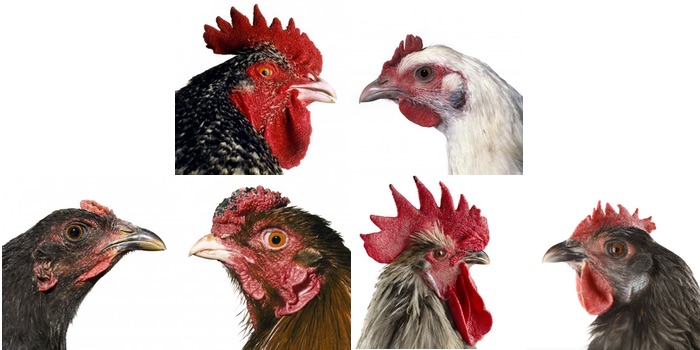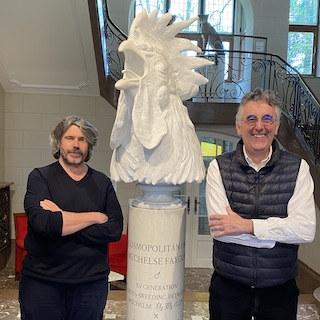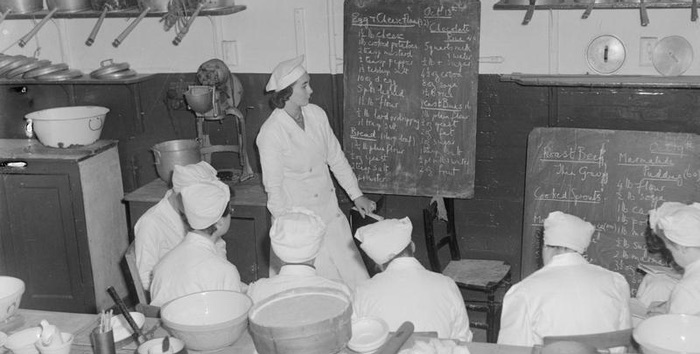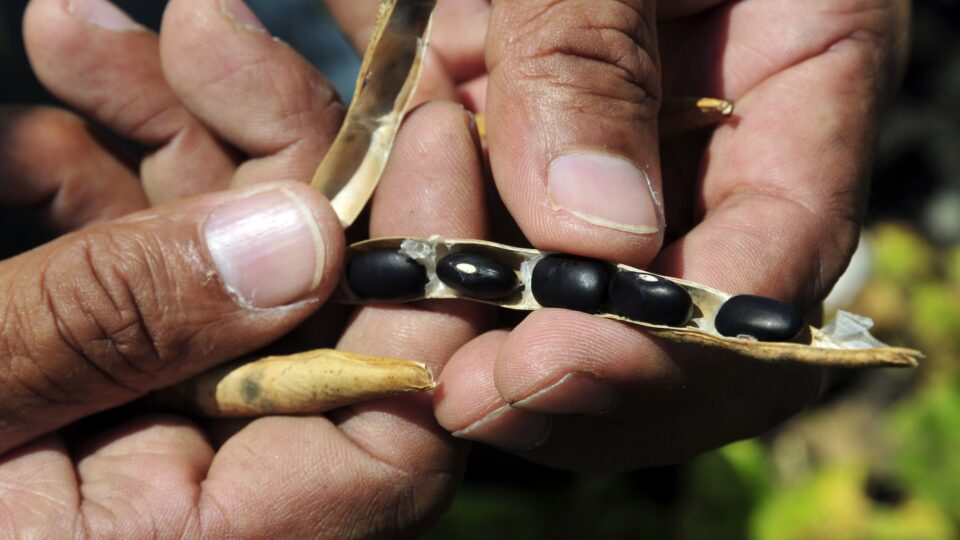Helena Bottemiller Evich had a story in her newsletter last week that left me open mouthed. Whatever bad things you think Big Food might be capable of, this is worse.
An allergic reaction to sesame can be fatal, and sesame is currently the 9th most common allergen in the US. Unlike allergens 1–8, until a couple of years ago the law did not require sesame to be disclosed or labelled. In 2021, however, Democrats and Republicans overcame their mutual allergic reactions to pass a bill requiring sesame to be disclosed. So what did food manufacturers do?
They added sesame to products that had not previously contained sesame.
Apparently, adding a touch of sesame overcomes two little difficulties. First, it means manufacturers don’t have to go to the trouble of decontaminating their lines of sesame (which they somehow are able to do for the other allergens on the compulsory disclosure list). More to the point, it means they can legitimately say that their product does contain sesame, which they are not allowed to do if it might not contain sesame.
Forgive me, but this is absolute madness. I accept it is an unintended consequence, because, I mean, who in their right mind could have intended such a consequence? I hope someone tracks down the currently unsung genius who first came up with this dodge.
By the way, here in Europe (and, apparently in Canada) sesame has to be disclosed, and is, without any great fuss (though there are appalling cases where very bad things have happened because products did contain undisclosed sesame).




 Coupons and ration books during war was a way for the British government to try and ensure that restricted items were distributed as fairly as possible, and while it wasn’t perfect, it worked pretty well most of the time. At the same time, during both World War One and World War Two, there were concerted efforts to feed people. It started with centrally cooked meals that people took home to eat, but soon blossomed into a far-reaching network of government-run restaurants. A new book — Feeding the People in Wartime Britain — from historian Bryce Evans uncovers the past and offers some ideas for the present.
Coupons and ration books during war was a way for the British government to try and ensure that restricted items were distributed as fairly as possible, and while it wasn’t perfect, it worked pretty well most of the time. At the same time, during both World War One and World War Two, there were concerted efforts to feed people. It started with centrally cooked meals that people took home to eat, but soon blossomed into a far-reaching network of government-run restaurants. A new book — Feeding the People in Wartime Britain — from historian Bryce Evans uncovers the past and offers some ideas for the present.